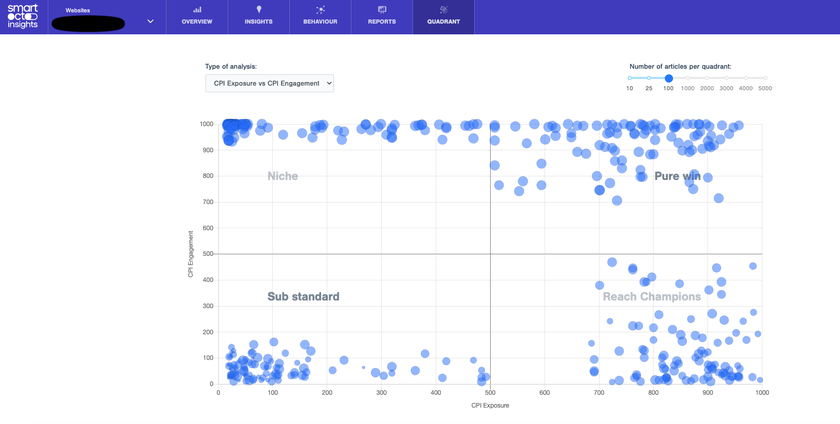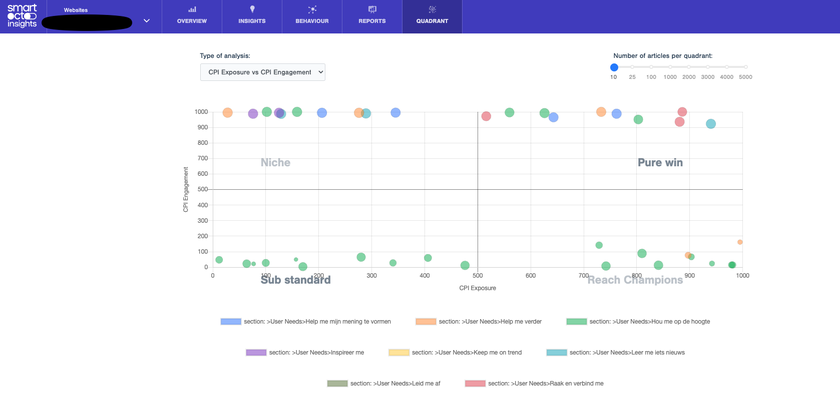The Quadrant Model of Content Optimisation gives an easy overview of what kind of stories work for your audience and what stories need adjustments. The ultimate conclusion could be that you need to skip the stories that don't perform at all.
As much as we think that every story can be optimised, we also believe that making hard choices about the number of articles that are being published can be the start of a very effective content strategy. With the Quadrant Model, we offer insights that help to make those choices. They are very helpful for your advertisement or subscription strategy.



